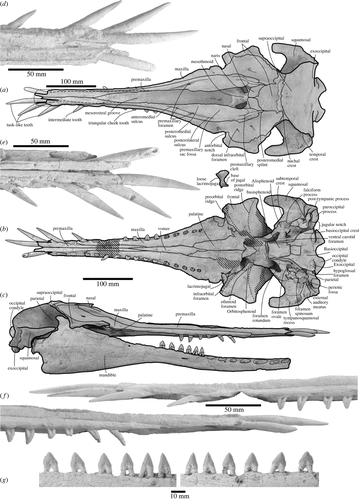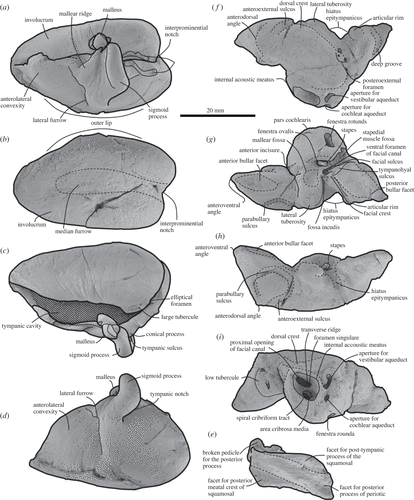Dolphins are known for their intelligence, loving nature, and distinctive physical characteristics. Most importantly, you have the bottlenose dolphins that can recognize themselves in the mirror, like the apes and humans. Adding to the exclusivities about dolphins, researchers from the Otago University of New Zealand have revealed a new study about an ancient dolphin with tusk-like teeth.
It was in 1998 that the ancient skull of the dolphin with tusk-like teeth was discovered across a cliffside in the Otago region of New Zealand. However, the specimen remained displayed in Otao University’s Geology Museum’s collection. After nearly two decades, Amber Coste, while working on her Ph.D. thesis, came across the strange-looking skull. From there, the story continued.
A Look Into The Ancient Dolphin With Tusk-Like Teeth
Researchers have named it ‘Nihohae matakoi,’ the nearly complete skull of the dolphin fossil they discovered from the Oligocene (New Zealand) site. They have used the Māori language for the name, which goes as “Niho” for teeth & “Hae,” denoting slashing. Then “Mata” for face/point, moving into “Koi” for sharp.
Along the skull were earbones and twenty-one teeth in the place, with the other twenty-one detached. The main attraction is the way all the teeth are positioned. The researchers saw a horizontal positioning comprising all the canines and incisors, which marks a tusk-like teeth settlement at the front of the dolphin’s mouth.
So far, phylogenetic analysis of the findings places the ‘Nihohae’ dolphins within the constrained basal waipatiid group, having such procumbent teeth. Coming to the structure of the teeth. A long, flattened face and no sign of wear suggest that the same was used to injure prey rather than chew and process it.
The Reign Of The Ancient Dolphin With Tusk-Like Teeth
Before you get into the ancient dolphin’s eating habits, using tusk-like teeth, read through the feeding characteristics of the ones living and part of the same mammal family.
Looking into dolphins’ modern-day feeding habits, one will see them feeding upon fish and other animals sharing habitats with them. Those living deep inside the ocean even feed on jellyfish and squids. Also, these mammals have an organized set conical shaped teeth, where the Spinner dolphins have 240, and Risso’s dolphins have 14 in number. How they eat – these creatures do not chew and usually prefer breaking the food into small pieces before swallowing.

Maui’s dolphin is the most endangered. It is a subspecies originating from the New Zealand dolphin. As per reports, there are only 50 of them remaining.
The ancient dolphin with tusk-like teeth swam across the coastal waters of New Zealand around 25 million years ago. And as per Dr. Amber Coste (part of the research team), it was hard to imagine how these creatures would have fed.
After a complete analysis, the team did hypothesize that the creatures would indulge in great neck movements while hunting down their prey. They would usually target the soft body co-habitants, like squid or skewers, injure and swallow them whole.
Unraveling The Difference In Tusks And Front Tooth
Overall Nihohae had a body length of six feet with a much longer neck than modern-day dolphins. Coming to its tusk-like teeth, let’s unravel what the dolphin had. Was it a tooth or a tusk?
According to researchers, certain preconditions for a tooth to be regarded as a tusk exist. It must extend beyond the mouth and continue growing throughout the animal’s life, and the surface must comprise dentine rather than hard-form enamel.

So concluding, the Nihohae’s teeth were not a tusk and, indeed, teeth. Also, the same was rooted, which never grew endlessly.
Looking into the present scenario, you have the narwhals (the only living cetaceans). These animals have an iconic ‘horn’ growing as the canine tooth.
So that was all about an in-depth look into the tusk-like teeth of the ancient dolphin. Several other evolutionary studies shed light on ancient mammals reacting to the change in the environment and undergoing alterations in their own living standards, while others met extinction. Overall, the past is broad, with many things to discover.



